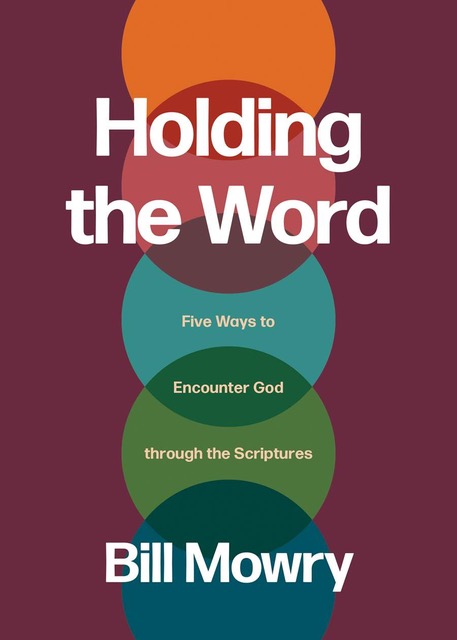I generally don’t pay much attention to the ancient church calendar. I’m not sure all the reasons why but the worship circles I frequently populate do not put an emphasis on the church calendar particularly Lent. But something is changing for me.
I’ve been awakened to think of these church seasons in a new way — a way that thinks differently about time.
Our time and seasons today are driven by consumerism. Before September is over, Thanksgiving decorations appear in the stores. By early October, Christmas aisles pop up enticing us to buy. Next is Valentines Day then Mothers’ Day and the days keep coming. What if we looked at time and days as something different than an opportunity to use our credit cards?
The ancient church calendar re-orients our sense of time. Instead of a chronological view — this is March 6, 2025 and its 11:05 in the morning — time is viewed through the lens of God’s story.
When we walk through the church seasons, we’re orienting ourselves to God entering into chronological time; eternity is intersecting with the present. At Advent and Christmas, He enters life as God-incarnate. During Lent and Easter, he disrupts time by His resurrection.
I’m learning to orient my time framework around God’s intervention into time. Time is now becoming more than a seasonal, weekly, or hourly designate but an awareness and celebration of God invading history at special moments, revealing His eternal story.
But why Lent and why forty days? Lent in Latin literally means “springtime” — a time of preparation for renewal and new growth. It’s an appropriate term for the anticipation and participation in the renewal that the cross gives to us.
Forty is a symbolic number in the Scriptures. It rained forty days during the flood; a rain that purified the earth. Israel traveled in the wildness for forty years; a traveling that purified them as a nation. Jesus spent forty days in the wilderness; a time that prepared him for ministry.
The early church took the symbolic forty days and incorporated them into a preparation for the resurrection celebration. It was initially forty hours of fasting for new converts prior to their baptism on Easter morning. By the fourth century, forty hours turned into forty days of fasting and prayer prior to Easter Sunday.
Author Stephen O. Presley in his book Cultural Sanctification: Engaging the World like the Early Church, writes that “Early Christians practiced cultural rhythms that defied Roman society in an alternative life of worship.” They built a liturgy that reflected a history of salvation “that would not culminate in the glory of Rome but in God.” Their worship expressed in tangible ways an opposition to the pattern of the dominant Roman culture. Practicing Lent gave them an identity that set them apart and countered the worship of Rome’s ancient gods.
As I’ve reflected on Lent’s meaning four principles emerge.
- Lent is about ashes. At the Lenten service the pastor created a cross of ashes on my forehead. He repeated the solemn phrase “Ashes to ashes, dust to dust.” It reminds me of Psalm 103:14-16. I’m like dust or the dried flower blown away in the wind. It’s good for me to remember the brevity of my life. I’m not indispensable to the plan of God.
- Lent is about limits. I have an irresistible force that pulls me in whenever I get up in the morning — it’s the morning news! What starts out with five minutes to see the weather turns into ten and then into thirty. There’s almost an invisible power that sucks me in to keep watching. Sin is like this. In Lent, I choose to fast or stop doing certain things as a reminder that sin and its power can be broken by Jesus’ power. This year I’m choosing to read my Lent devotional before watching the news — a small limit intended to remind me that Jesus can break the power of sin.
- Lent is about being last. Lent shows the beauty of downward trajectory through the crucifixion. I’m reminded that Jesus embraced a life of downward trajectory; a life where the first becomes last and the greatest is a servant of all — like Jesus (Mark 10:45).
- Lent is about listening. In Lent, we create mental and emotional space for God to occupy. Space is when I choose not to fill something — my schedule is free, my glass is empty, there’s an empty seat next to me. The traditional practice of fasting in Lent is to create space in our lives — space currently filled with the voice of schedules, concerns, purchases, stress — that opens opportunities for God to speak to us. Space creates attention and our attention is drawn to our Savior.
Our friends in the Eastern Orthodox tradition refer to Lent as a “bright sadness.” There’s a sadness that comes from the death of Jesus but the bright day of the resurrection is coming.
I’m changing my time orientation from one governed by consumerism to one that reflects eternity. Year after year as the weeks circle by, I want to hear and be reminded of His story — that God has invaded our history and then our personal stories. This invasion gives me a deeper gratitude and worship for the variety of ways God works and plays in my life. That’s why this Baptist boy is celebrating Lent this year.
It has been brought to my attention that I’ve had a “glitch” in my website. Many of you have commented on my posts but the comments were not forwarded to me. My site manager has assured me that this has been corrected. I value your comments and when appropriate I want to respond to you.



Leave a Reply